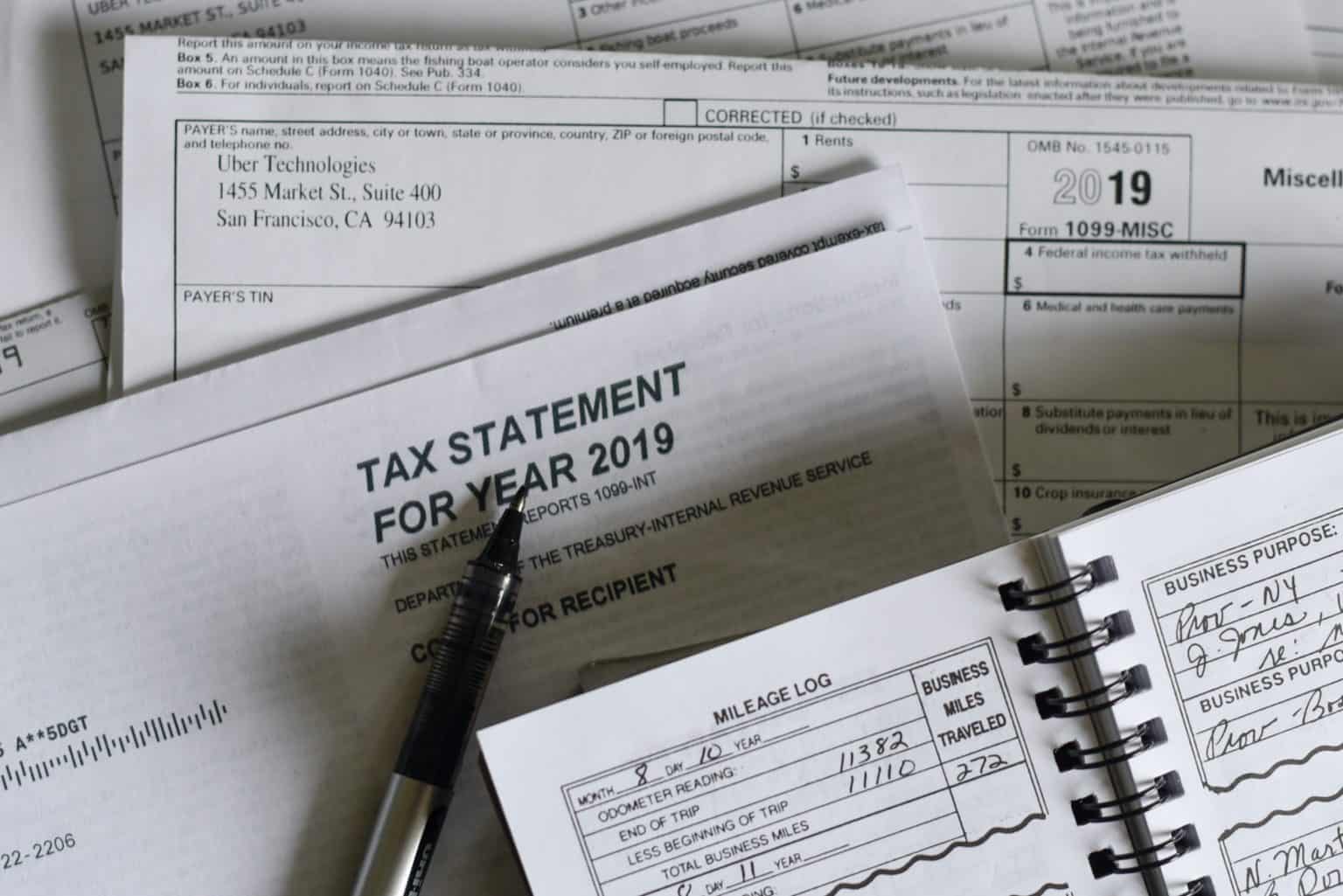When making an employment termination payment (ETP), employers should be aware of the tax implications for different circumstances.
An ETP is a lump sum payment you make:
- to an employee when their employment is terminated (referred to as a ‘Life benefit’ ETP)
- to an employee’s estate because their employment has been terminated due to death (referred to as a ‘Death benefit’ ETP).
ETPs include lump sum payments paid upon resignation, retirement or death. A payment from a super fund is not an ETP.
The ETP lump sum payment can include a tax-free portion, concessionally taxed portion and taxed portion. ETPs are concessionally taxed at a certain limit, with two caps:
- ETP cap: this is indexed each year, so for 2019- 20 the cap is $210 000. This cap is reduced by any earlier ETPs paid in the same income year.
- Whole-of-income cap: this cap is $180 000, and is reduced by any other taxable payments given to the employee in the same income year.
Which of these caps applies depends on the type of payment. For example, a genuine redundancy payment and a ‘golden handshake’ may be subject to different caps.
The concessional tax rate is 17% for employees who have reached their preservation age, which is determined by when they were born (if they were born after 30/6/1964, their preservation age is 60), and 32% if you haven’t reached the reservation age, up to the relevant cap.
For genuine redundancy payments and early retirement scheme payments, there is a tax free limit depending on the employee’s service amount with the employer. The tax free amount is not part of the employee’s ETP and is provided as a lump sum in their PAYG payment summary. Any amount above this tax free limit is part of the employee’s ETP. The tax free limit is calculated through the formula: Tax free limit = base amount + (service amount x years of service).
The ETP payment summary that reflects the payment amount and any associated withholding must be supplied to the employee within 14 days of the employer making the payment.
If you require any information on tax implications of ETP payments then contact your accountant.








